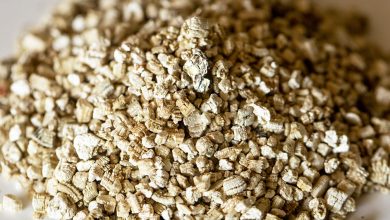Winter Cuttings: [Types, Sowing and Species]

Important points about winter cuttings:
- What types of cuttings can be taken in winter? The cuttings that can be taken in winter are a reduced number compared to those that are worked in summer; for example, the cuttings of some deciduous trees and those taken from trees more than 1 or 2 years old, as long as the temperature is mild during the winter.
- How should they be planted? In reality, cutting during the winter represents a greater inconvenience in order to produce roots because the environmental conditions are not the most favourable. Therefore, the first thing you will have to do is create a space with sufficient warmth and humidity.
- What species of plants accept cuttings in winter? There are more species than we can think of that accept the cutting process during the winter, although specialists recommend warmer times; for example, the conifers, the fig tree, the geraniums and the rose bushes.
 Cutting is one of the most effective plant multiplication methods available to obtain new specimens in excellent condition.
Cutting is one of the most effective plant multiplication methods available to obtain new specimens in excellent condition.
If we consider that the result of a plant multiplied by cuttings is an identical version of the mother from which it was taken, it generates many benefits.
The first thing is to avoid malformations in the structure, variations typical of each species and even production problems in the adult versions.
Now, the cutting is usually done between spring and summer, so if you want to take advantage of winter cuttings, you better first read the information that we leave you here.
What types of cuttings can be taken in winter?
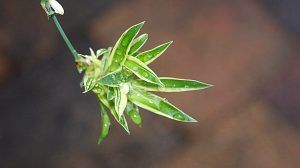 The cuttings that can be taken in winter are a reduced number compared to those that are worked in summer.
The cuttings that can be taken in winter are a reduced number compared to those that are worked in summer.
The reason is that the climatic conditions (especially when there are frosts) are not the most suitable to create wounds to the plants and that they can heal.
However, there are certain conditions that establish an exception to this rule and that we will see below:
- Cuttings of some types of deciduous trees can be taken in winter when they accept to be treated with a woody texture. Being in vegetative stoppage time, the tree will not lose sap and will be able to recover quickly by the time spring arrives.
- They are usually taken from trees that are more than 1 or 2 years old, which translates into a more robust and better-founded structure to withstand low temperatures.
- If the temperature is mild during the winter, the cuttings will have a woody or semi-woody structure, but normally the trees are perennial, which does not greatly affect their health because it would be as if they were taken in the fall from other climate zones. tempered.
How should winter cuttings be planted?
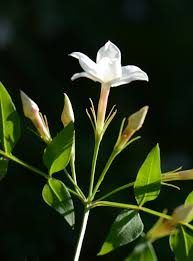 In reality, cutting during the winter represents a greater inconvenience to achieve roots because the environmental conditions are not the most favorable.
In reality, cutting during the winter represents a greater inconvenience to achieve roots because the environmental conditions are not the most favorable.
This implies that, if you want to get work done, the first thing you will have to do is create a suitable space, with sufficient warmth and humidity.
Greenhouses are the ideal option but sometimes it is often complicated for owners of home gardens. That is why many fans bet on a room inside the house.
The important thing here is that there are no temperature variations and that they are above 20º C (or adjusted to the species to work with). It is also important that there is a light source that helps the cuttings stay illuminated because that is part of their requirements.
Humidity is another important factor and it not only has to do with risks (also) but with what exists in the environment. Of the rest, the cuttings must keep the recommended work protocol for each species.
This means submerging them in water or working them directly on the substrates if that is what corresponds.
What species of plants accept cuttings in winter?
There are more species than we can think of that accept the cutting process during the winter, although specialists recommend warmer times.
conifers
For example, they are species that adapt very well to cold climates and whose cuttings can feel good in these conditions. They are usually worked in winter with cuttings with a woody structure that are placed directly in containers with an appropriate substrate.
Fig tree
 It is another species that accepts the cutting during the winter when it is in its vegetative stop.
It is another species that accepts the cutting during the winter when it is in its vegetative stop.
They are also taken with a woody structure but must be kept in a space with the appropriate warmth so that they can develop roots. A greenhouse is ideal.
Geraniums
They are plants capable of accepting cuttings during the winter when these do not have such low temperatures and there are no frosts. Even the pruning process can be carried out at this time and, from there, select the most convenient cuttings to generate roots.
rose bushes
They are also a good option for cutting in winter, although preferably in places with a Mediterranean climate. Actually, winter cuttings are a practical method that with the right care can give good results.
This means that even when it seems like a slow season in the garden, you could get the most out of it so that you advance your future plantations.
In fact, plants that are cut during the summer and fall are often kept protected in the winter because they are still delicate. So you wouldn’t have to do much more than select the right species and work it under the right conditions.
In a short time you will have a new specimen of the species that you have cut to enjoy, especially if it is flowering plants.
Bibliographic references
- Cultivation experience of national ornamental varieties during winter and early spring in Bariloche, CN Díaz – 2019 – rid.unrn.edu.ar
- VEGETATIVE PROPAGATION OF Tabebuia heptaphylla (Vell.) Toledo (lapacho negro), THROUGH ROOT CUTTINGS, GL Ovando, M Enciso, G Ovelar, N Villalba – Agricultural Research, 2013 – agr.una.py
- Hygrothermal behavior in winter of a chamber for plant propagation, A Iriarte, G Lesino, C Matías, L Tomalino – Revista Avances en…, 1999 – cricyt.edu.ar
- Study of the propagation of Myrcianthes coquimbensis (Barnéoud) Landrum et Grifo by seeds and cuttings, G Saldías, J Velozo – Gayana. Botany, 2014 – scielo.conicyt.cl
- Behavior of Fabiana imbricata R. et P. at the rooting of cuttings: seasons, growth regulators, doses and post-transplantation behavior, V Vergara, J Antonio – 2006 – sidalc.net
- Reproduction by cuttings, A Colombo – 2019 – books.google.com

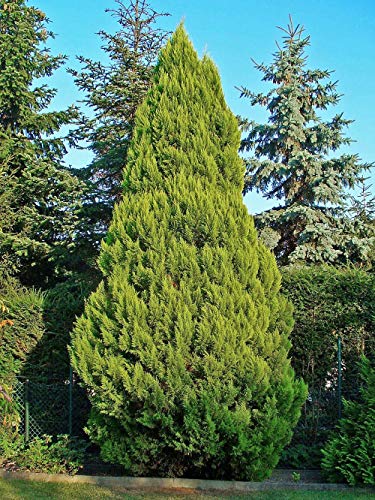


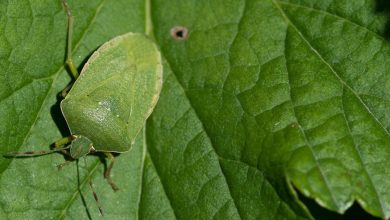
![Photo of Ambulia: [Care, Characteristics, Cultivation, Substrate and Pests]](https://www.complete-gardening.com/wp-content/uploads/2022/08/ambulia-care-characteristics-cultivation-substrate-and-pests-390x220.jpg)
